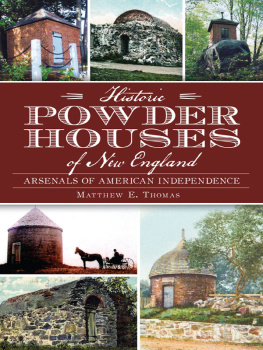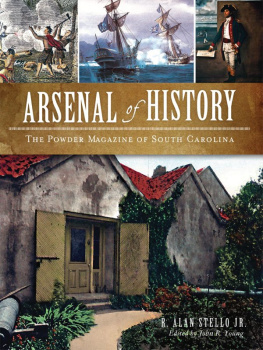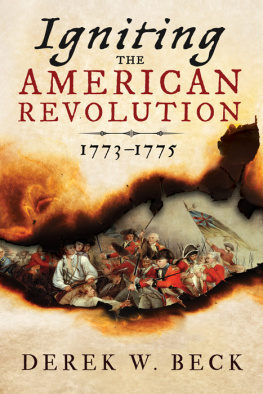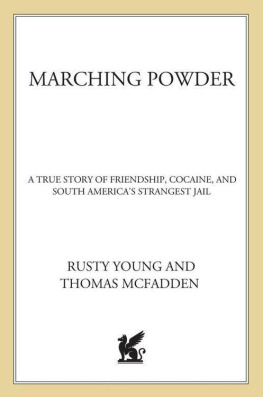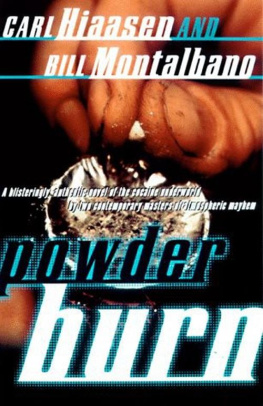
Published by The History Press
Charleston, SC 29403
www.historypress.net
Copyright 2013 by Matthew E. Thomas
All rights reserved
First published 2013
e-book edition 2013
ISBN 978.1.62584.720.1
Library of Congress Cataloging-in-Publication Data
Thomas, Matthew, 1956
Historic powder houses of New England : arsenals of American independence / Matthew E. Thomas.
pages cm
Includes bibliographical references and index.
print edition ISBN 978-1-62619-242-3
1. Powder magazines--New England--History. 2. New England--History, Military. 3. Historic buildings--New England. I. Title.
UF543.A3T48 2013
725.18--dc23
2013040279
Notice: The information in this book is true and complete to the best of our knowledge. It is offered without guarantee on the part of the author or The History Press. The author and The History Press disclaim all liability in connection with the use of this book.
All rights reserved. No part of this book may be reproduced or transmitted in any form whatsoever without prior written permission from the publisher except in the case of brief quotations embodied in critical articles and reviews.
Dedicated to Sharon, Rebecca, Daniel and Callie, the epitome of all that makes for a wonderful life. Thank you for being such special people.
CONTENTS
ACKNOWLEDGEMENTS
This author wishes to extend his sincere gratitude to all those who so generously contributed time, photos and information for this book. Without their assistance, this book would not be as in-depth and informative as it is.
First and foremost, I wish to thank my dear wife, Sharon, for her incredible support, patience and encouragement. Without it, this and other previous books would never have been completed. Also, thanks to my daughter Rebecca (Thomas) Curtis, who patiently supported me while gathering historical information during much of her youth. Both she and my wife are the greatest gifts any husband or father could ever ask for.
I also wish to extend a special word of thanks to my good friend and historical associate Glenn Knoblock of Wolfeboro, New Hampshirea dedicated historical researcher and author of several exceptional New England history books. His helpful advice, recommendations and encouragement of my historical pursuits are genuinely appreciated.
Another word of thanks is extended to Jon DellaPenna of Fremont, New Hampshire, who shares a mutual interest in American history and has accompanied me on historical expeditions in search of powder house photos and memorabilia.
Sincere appreciation to Scott Olsen of Dover, New Hampshire, whose dedicated friendship and words of encouragement urged me to persevere despite numerous unexpected diversions while trying to write this book.
Special thanks to the staff at the New Hampshire Historical Society in Concord for providing valuable assistance. Especially to reference librarian William N. Copeley and to curator and publications director Donna-Belle Garvin, both of whom bring extensive knowledge and professional guidance to all those interested in researching New England history. Also sincere thanks to the New Hampshire State Library in Concord; the Baker Library at Dartmouth College, Hanover, New Hampshire; the Milne Special Collections and Archives at the University of New Hampshire Dimond Library in Durham, New Hampshire; Phillips Exeter Academy Library, Exeter, New Hampshire; Portsmouth, New Hampshire Athenaeum; and to the public libraries in the following New Hampshire towns and cities: Concord, Exeter, Fremont, Manchester, Nashua and Portsmouth. Special thanks and gratitude is extended to Mary Stiner of Fremont, New Hampshire for proofreading the manuscript.
Many thanks to the Massachusetts State Historical Society in Boston; the Boston Harbor Islands National Park; Castle Island Association of South Boston, Massachusetts; and the Massachusetts public libraries located in Haverhill, Newburyport, Salem, Dedham, Beverly, Milton, Pittsfield, Tewksbury and Andover. Also, thanks to the American Antiquarian Society in Worcester, Massachusetts, for being a tremendous historical resource.
Appreciation is extended to the Vermont State Historical Society in Montpelier and Barre; the Connecticut State Library in Hartford; the Providence, Rhode Island Public Library; Maine State Historical Society in Augusta; Maine Department of Conservation; Beth Sweet, director at the Hubbard Free Library in Hallowell, Maine; Connie Manoli-Skocay, assistant librarian, Concord, Massachusetts Public Library; Jonathan Hall of Gilmanton, New Hampshire; Sharon Ann Paradis, Augusta, Maine; Marcy Dawkins, Hampstead, New Hampshire; George Cunningham and Gay Moreau, both of North Attleborough, Massachusetts; Frances R. Killian of the Beverly, Massachusetts Historical Society; Tim Golden of the Foxborough, Massachusetts Public Library; Margaret Y. Perkins of the Holliston, Massachusetts Public Library; Betty J. Brown, town clerk of Marblehead, Massachusetts; Marilyn Erickson, Medfield, Massachusetts Public Library; Paul Hurd, president, Medfield, Massachusetts Historical Society; Eillene Piazza, Milton, Massachusetts Public Library; Jenny ONeill, director of the Westport, Massachusetts Historical Society; Gregory Lane, Haverhill, Massachusetts Public Library; George Yelle, Norton, Massachusetts; Janet Paine, Norton, Massachusetts Public Library; Denise MacAloney, Westminster, Massachusetts; Cheryl Paul-Bradley, director of the Stevens Library in Ashburnham, Massachusetts; Tom Hardiman of the Portsmouth, New Hampshire Athenaeum; Sandy Howe, Cornish, Maine; Kathryn Gallerani and Jack Burrey, Kingston, Massachusetts; Faith Poulin, Rockland, Maine; John Jordan, Manchester, New Hampshire; Frank J. Gagliardi, Millbury, Massachusetts; Jeanne Campbell, York, Maine; Jonathan Metcalf, Edgecomb, Maine; and Iva Arpin, Voluntown, Connecticut.
INTRODUCTION
What is a powder house? Unfortunately, most people have no idea what these forgotten relics of our early American past are. They are mostly round or rectangular brick, granite or wood structures that housed a communitys supply of gunpowder, firearms and other ammunition and military supplies. Some of these old powder houses, sometimes also known as powder magazines and gun houses, date back to the 1600s, with the vast majority of them being built in the first quarter of the 1800s. The oldest known powder houses were built in Massachusetts at Salem in 1637, Dedham in 1653, Somerville in 170304 and Boston in 1706.
Few people know that these old landmarks were the much-desired object of British military goals at the outbreak of the American Revolutionary War. After all, it was to the powder houses in Somerville, Massachusetts, on September 1, 1774; New Castle, New Hampshire, on December 14 and 15, 1774; and Concord, Massachusetts, on April 19, 1775, that the British were secretly marching (or sailing) in an attempt to capture any and all barrels of gunpowder, firearms and ammunition stored within these structures. British intent was to prevent these valuable military provisions from falling into the hands of American Patriots who were starting to rebel against King George III of Great Britain. As a result, when the British army began marching on Concord and Lexington, Massachusetts, on April 18 and 19, 1775, to confiscate the powder and arms stored in the Concord Powder House, that was the last straw for the Americans, and the War for American Independence against Great Britain (England) began in earnest.
This book attempts to comprehensively document the construction, cost, history, demise, stories and roles these 201 miscellaneous New England powder houses, powder magazines and gun houses played within their communities, states and nation through the centuries as best as can be researched and recorded. In addition to the purpose and roles powder houses played in New England history, learn about the duels, explosions, fatalities, murders, hangings, accidents and celebrations that took place in or around them.
Next page
